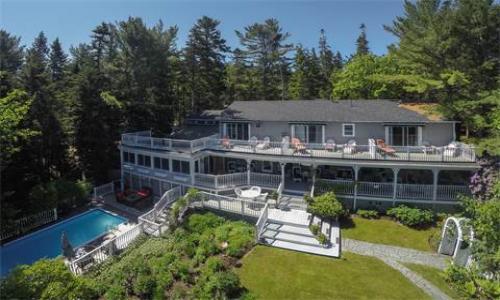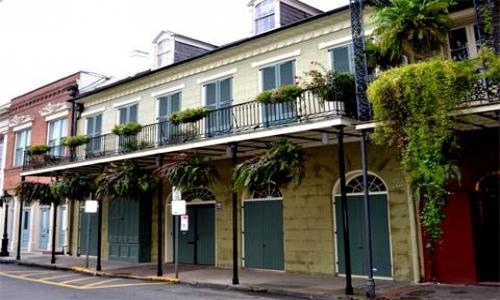Reverse mortgages are becoming more and more popular among senior citizen homeowners because of the freedom and convenience that they offer. Basically, reverse mortgages allow homeowners to withdraw equity from their home in order to supplement their income. As a result, seniors who participate in a reverse mortgage have more money for bills and for enjoying their years in retirement.
Three Types of Reverse Mortgage
There are three basic types of reverse mortgages that senior homeowners can take advantage of.
The single-purpose reverse mortgage is the least expensive and it is designed for homeowners with a moderate income. Unfortunately, it is not available in all states.
Proprietary reverse mortgages are more expensive than a traditional home loan but there are no restrictions on income, medical requirements or purpose.
Federally-insured home mortgages are very common and they are backed by HUD. If a homeowner chooses this type of reverse mortgage, however, the federal government requires them to go through counseling where a qualified counselor will explain the obligations of the mortgage to the homeowner. The homeowner must receive a \"certificate of counseling\" before their loan can be processed.
Payments
Payments for your reverse mortgage can be made to you in several ways. Many homeowners take their payment as a lump sum. Others prefer to receive a monthly payment for as long as they live in the house. Still others choose to take cash advances while leaving the rest of the money in the bank. Homeowners involved in a reverse mortgage can choose either of these options or a combination of them to suit their individual needs.
Qualifying for a Reverse Mortgage
Generally, any homeowner over the age of 62 can qualify for a reverse mortgage as long as they own their own home. If the homeowner does not own the home outright, they must pay off the mortgage with the funds from the reverse mortgage. The home they get the reverse mortgage on must be their primary residence, too.
Repayment
When a homeowner has a reverse mortgage, they are not responsible for repaying the loan as long as they live in the home. However, they are still responsible for other expenses incurred as a homeowner, including property taxes, insurance, repairs and maintenance.
End of the Reverse Mortgage Loan
A reverse mortgage ends when the homeowner either sells the house or passes away. In some instances, the reverse mortgage may also end when the homeowner is no longer able to live in the home for at least 12 consecutive months. This often occurs when the homeowner moves into an assisted living facility or when they move in with a family member because they can no longer take care of themselves. The home can then be sold and the loan can get paid off by using the proceeds. If the homeowner has died, the heirs can refinance the home with a traditional mortgage or they can receive the money left over once the mortgage has been paid off with proceeds from selling it. If the proceeds of the sale do not cover the mortgage, the lender simply absorbs the loss.












Add your Comment
use your Google account
or use your BestCashCow account